-
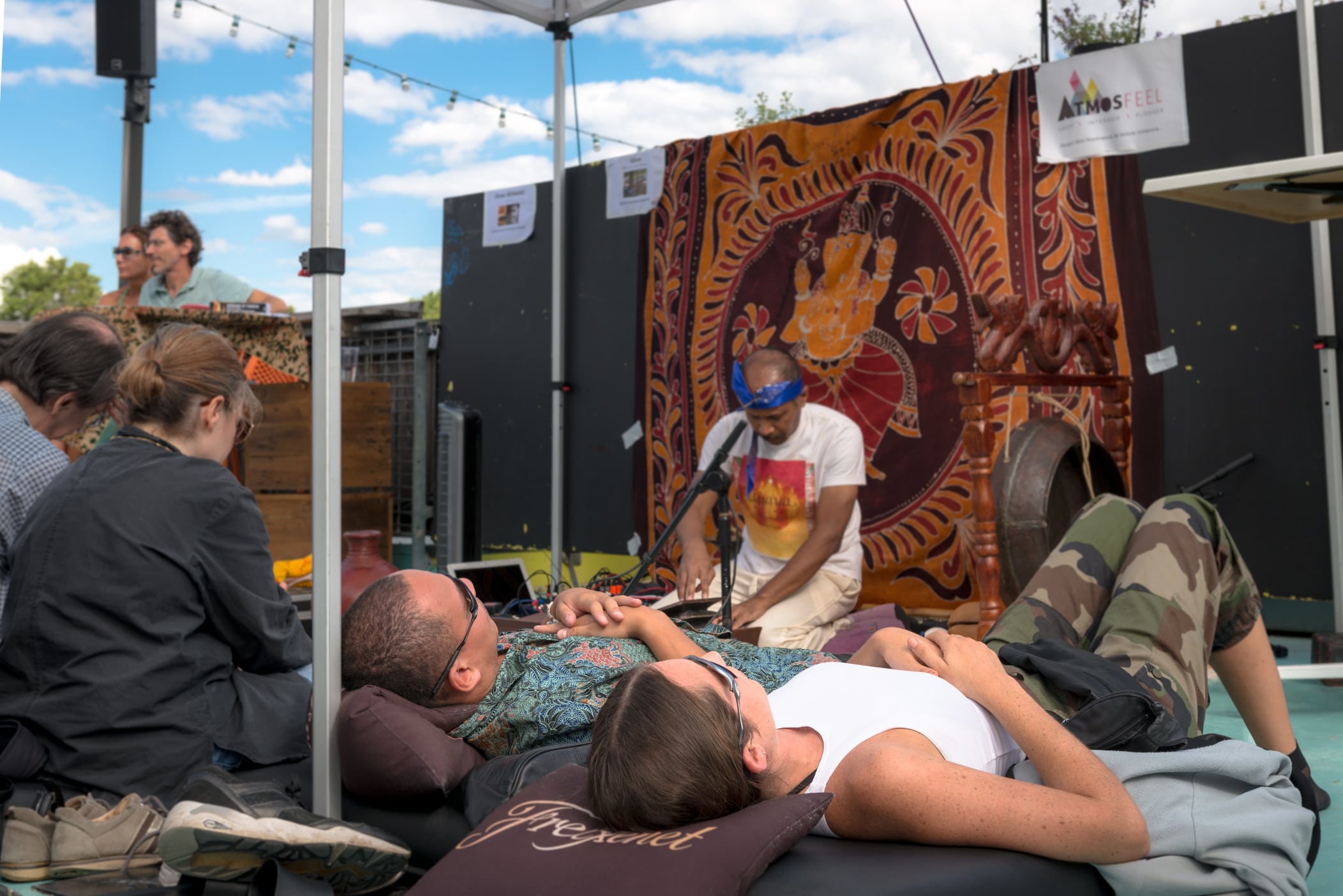
Electronic Nap in Paris
Electronic Nap at the Port de la Gare An electronic nap on the bridge of […]
-
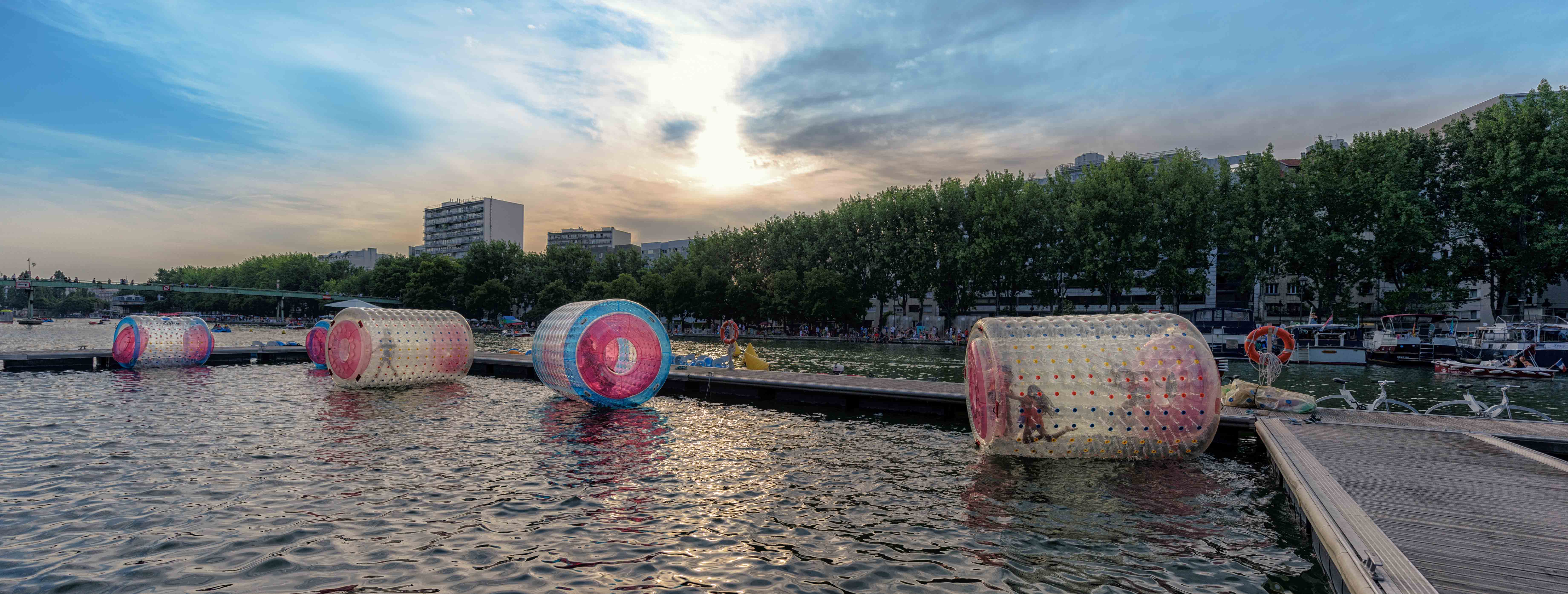
Swimming Quai de la Loire
The basin of the Villette, a place become complete for strolling, along the Canal de l’Ourcq or all the popular layers intersect.
-
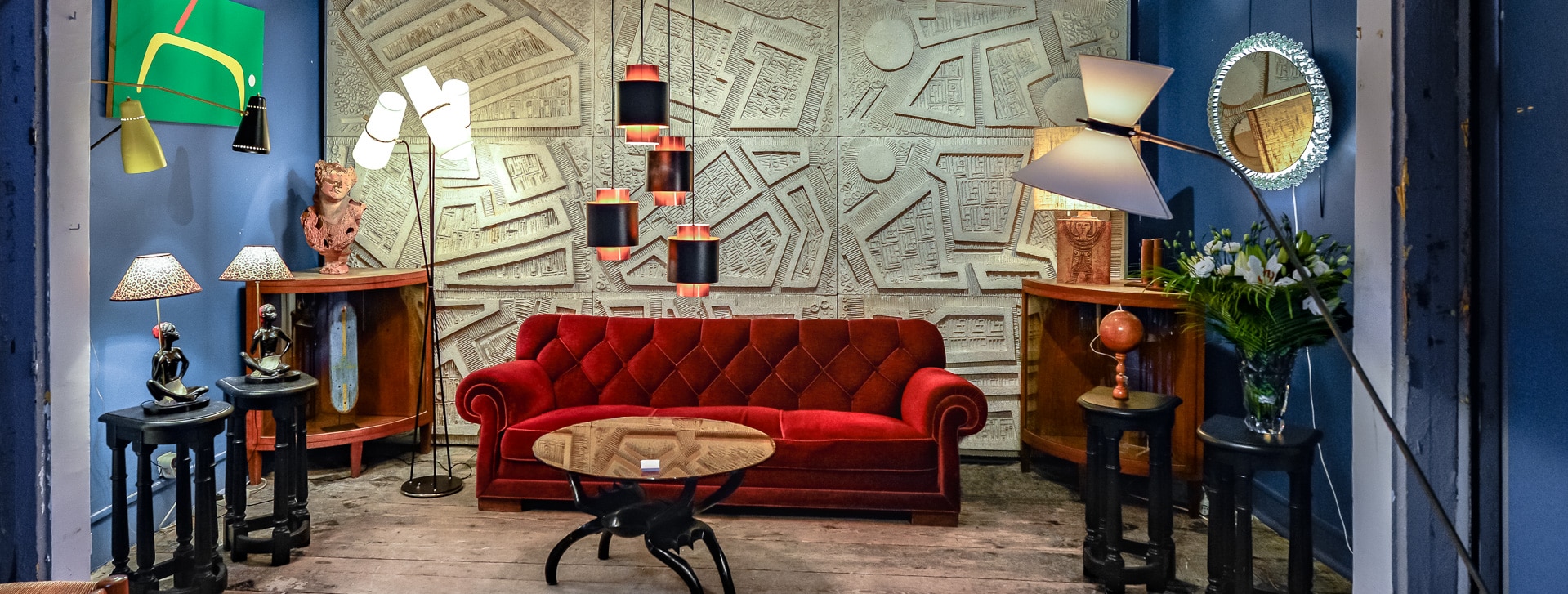
A WIRED FLEA MARKET
The wired Antique dealer Julien Segard proposes a Selection of furnitures from the 50s to 80s with the preference of an eclectic and minimalist display.
-
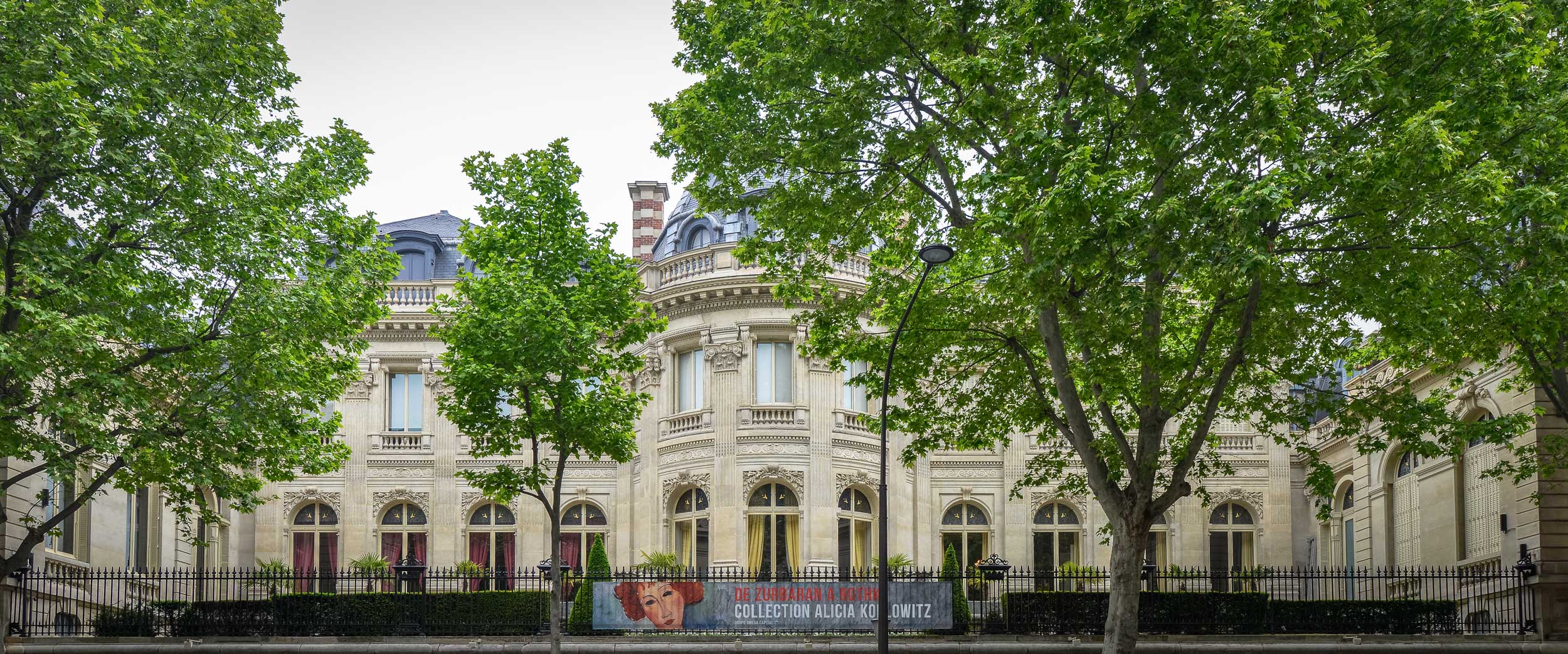
Jacquemart-Andre Museum
This particular mansion is an extraordinary witness of this Parisian aristocratic life of the 19th century.
-
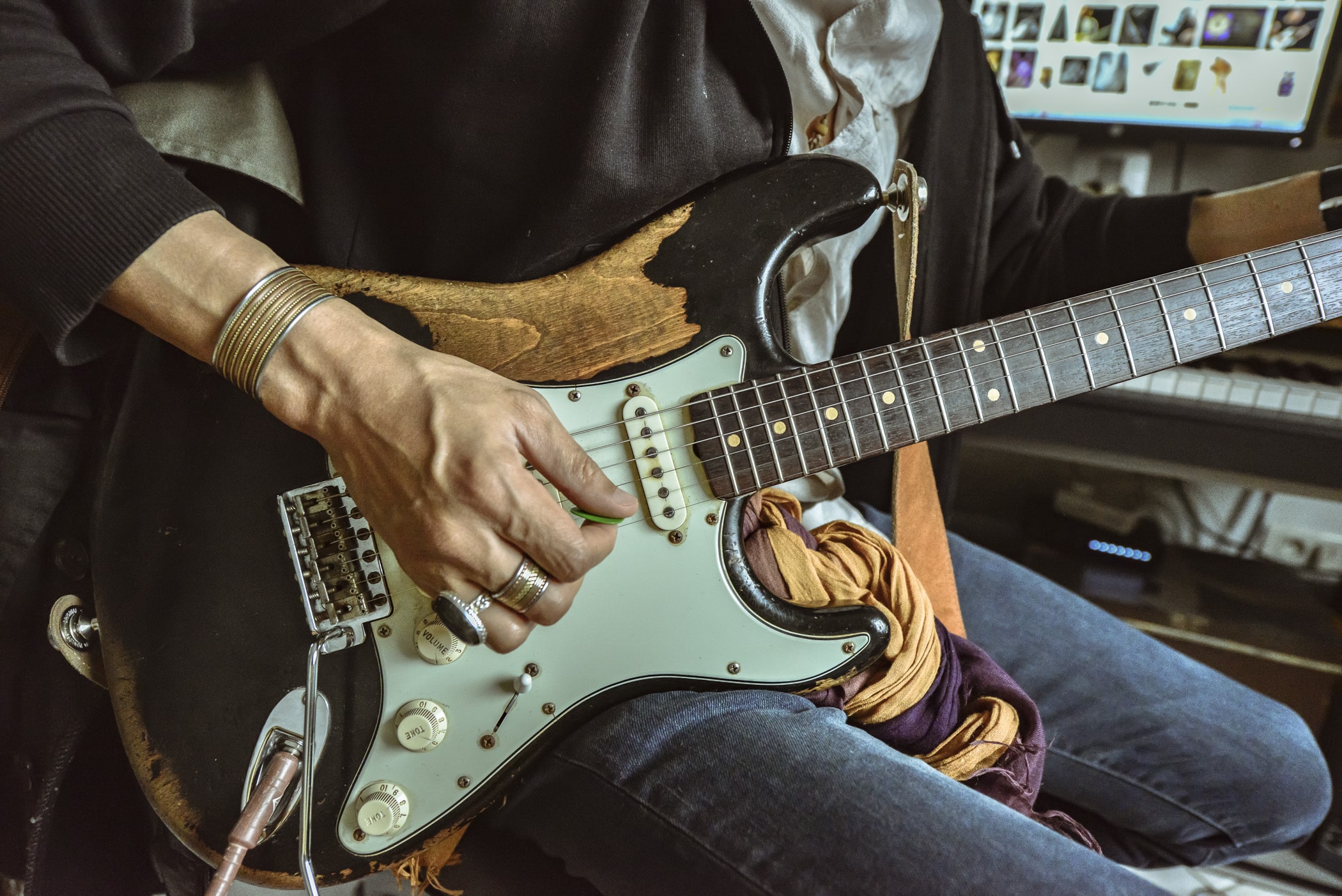
A vintage luthier in Pigalle ?
A large choice of factory electric guitars mass-produced are available in the shops of Pigalle but could we find models made by luthiers, handmade and with a more vintage look We asked the opinion of Xavier V. Combs, professional guitarist and fan of Jimi Hendrix, Angus Young and Prince.
-
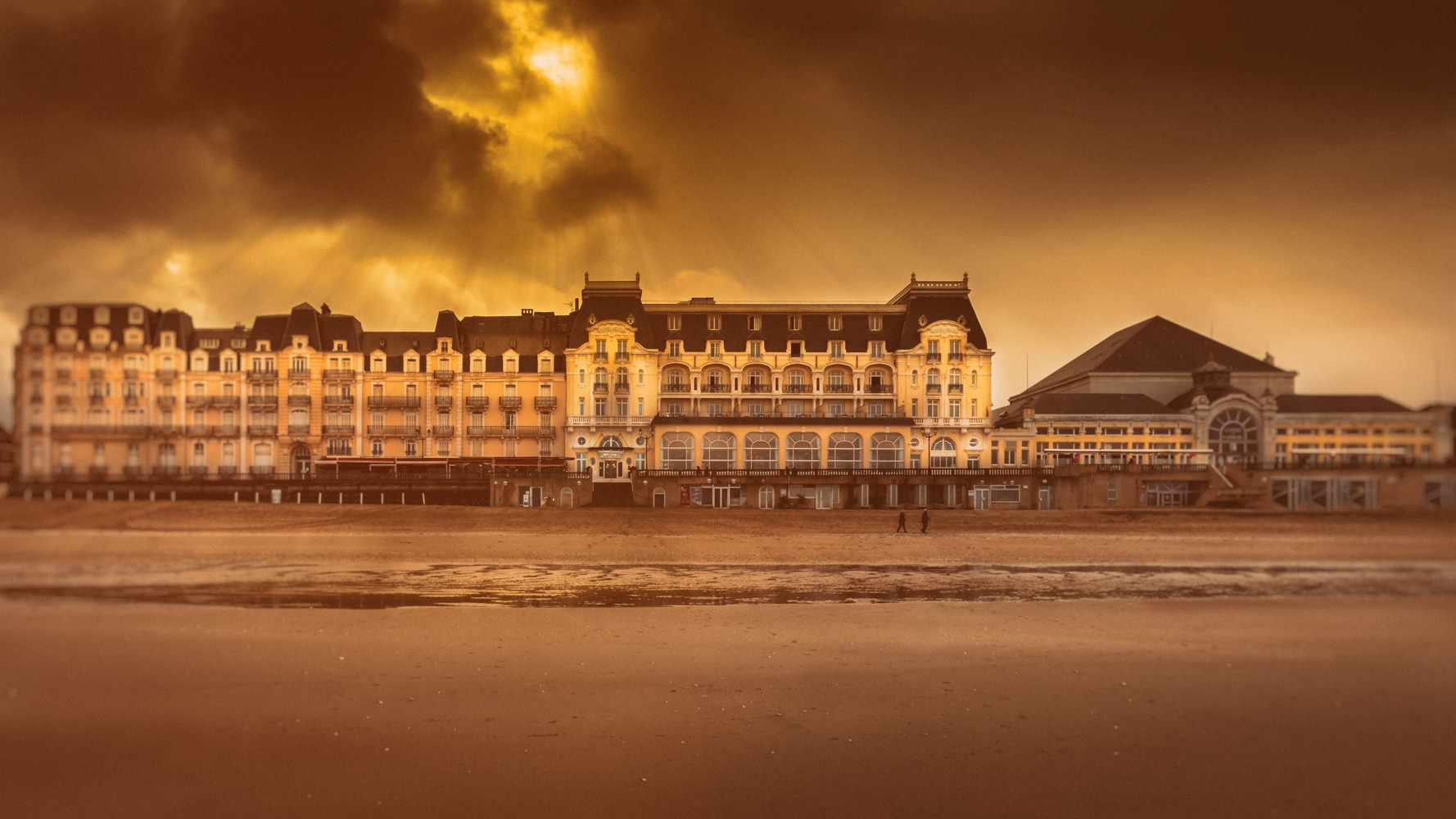
In Search of Marcel Proust
Our photographic testimony is focused on the main places that inspired the author for the writing of his novel, ”A la recherche du temps perdu””. A lot of locations from the novel, houses and villas, hotels and restaurants places or neighborhoods are still there for our biggest pleasure at the beginning of our century.
-
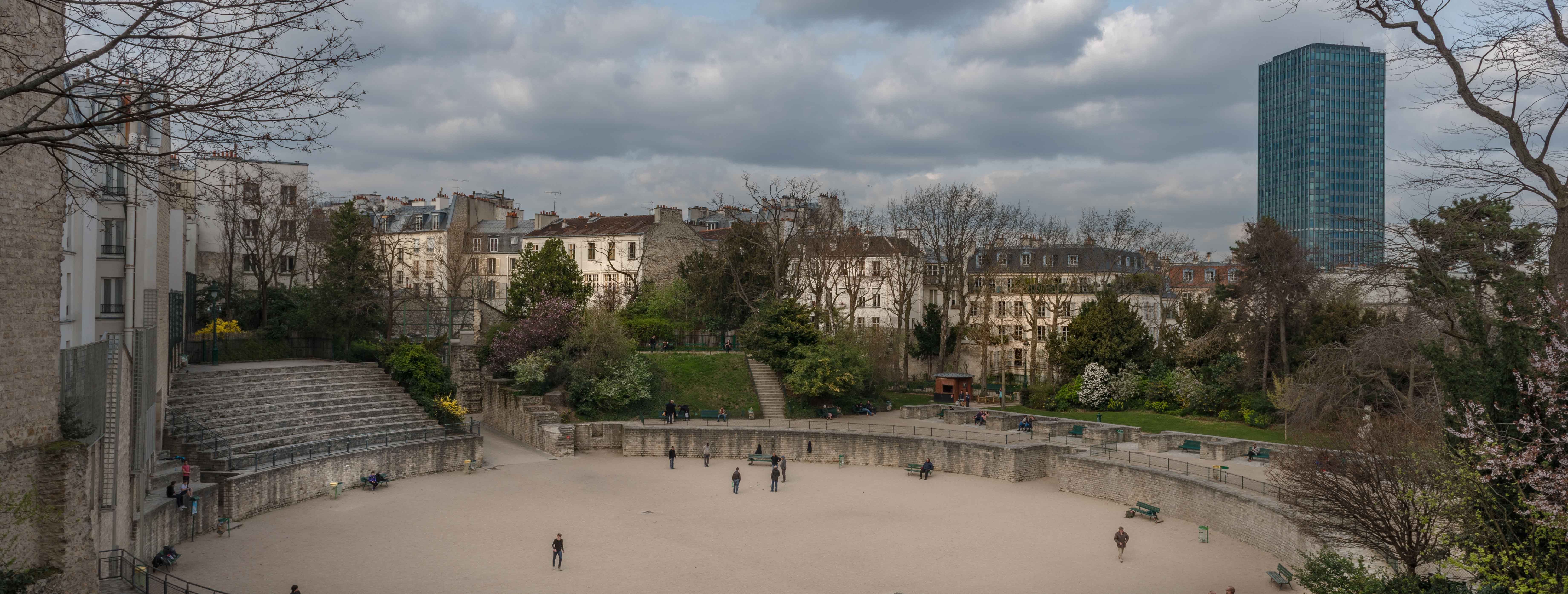
A flea market design in Paris 5th
At the bottom of Zamansky Tower from Jussieu faculty where the flea market will take place for one day.
-
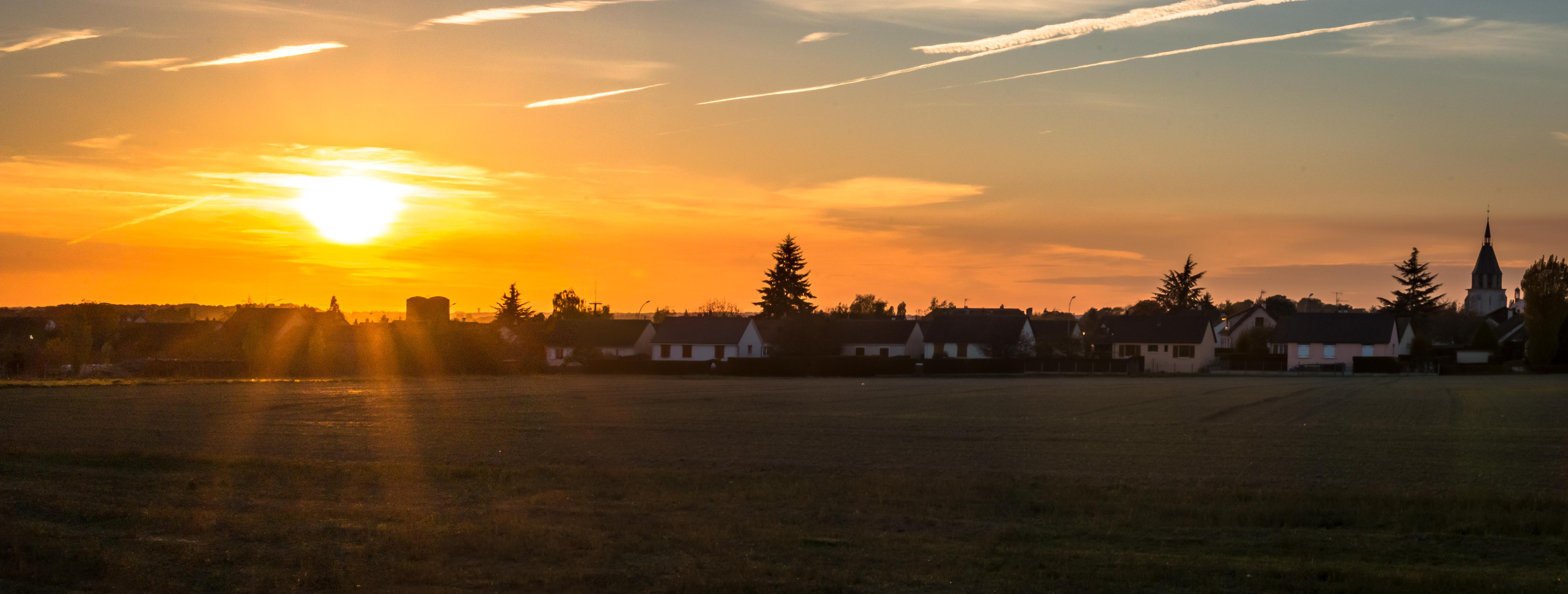
Marcel Proust and photographic memory
Without the persevering determination of Marcel Proust to create a masterful literary work, to built this work as an exceptional artistic creation, reading In Search of Lost Time would be an unbearable novel to read for a neophyte photographer in literature and would have no Influence on our vision to see the world by narrative…
-
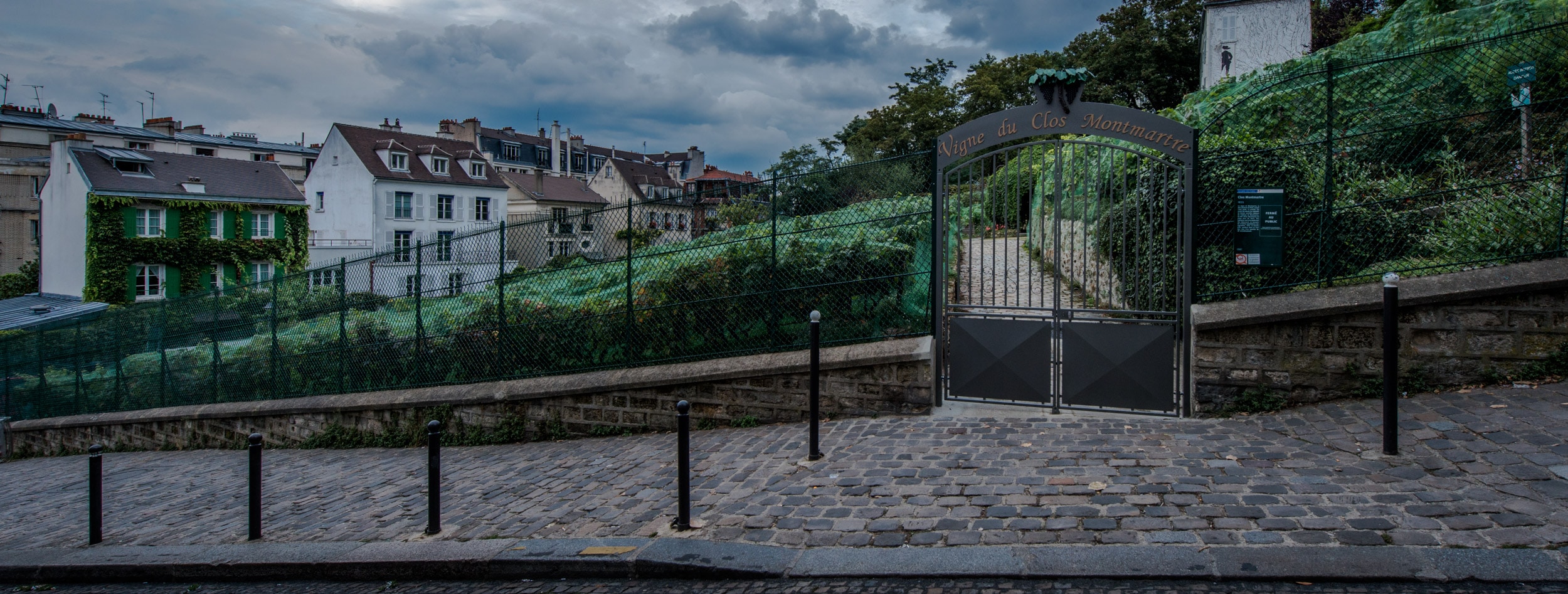
Harvesting time in Montmartre ?
Harvest in Montmartre is ready soon. The harvest of the the grapes in La Vigne […]